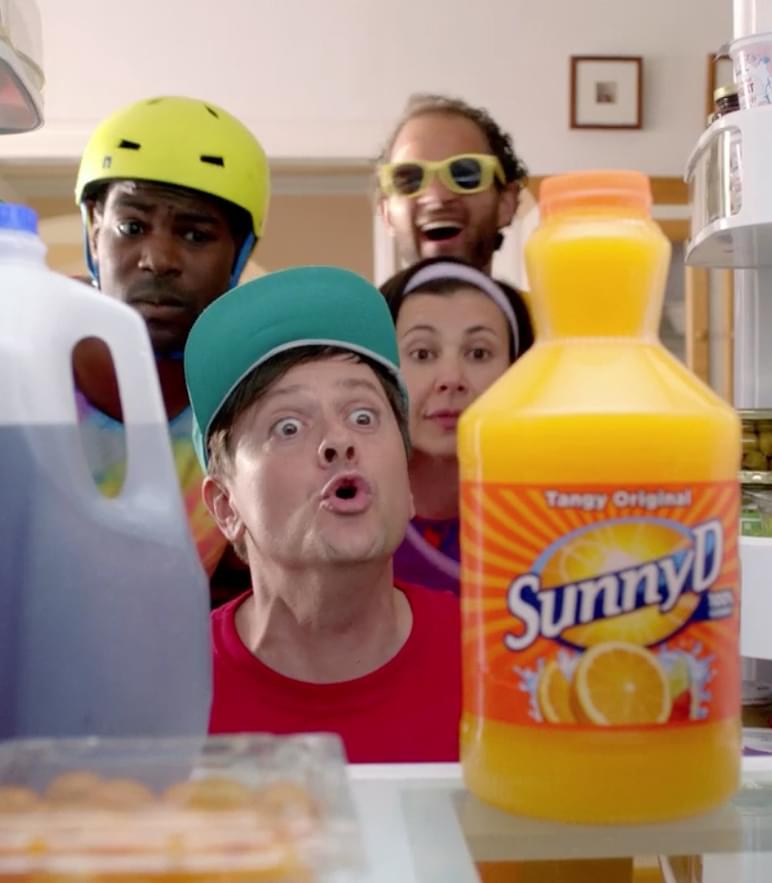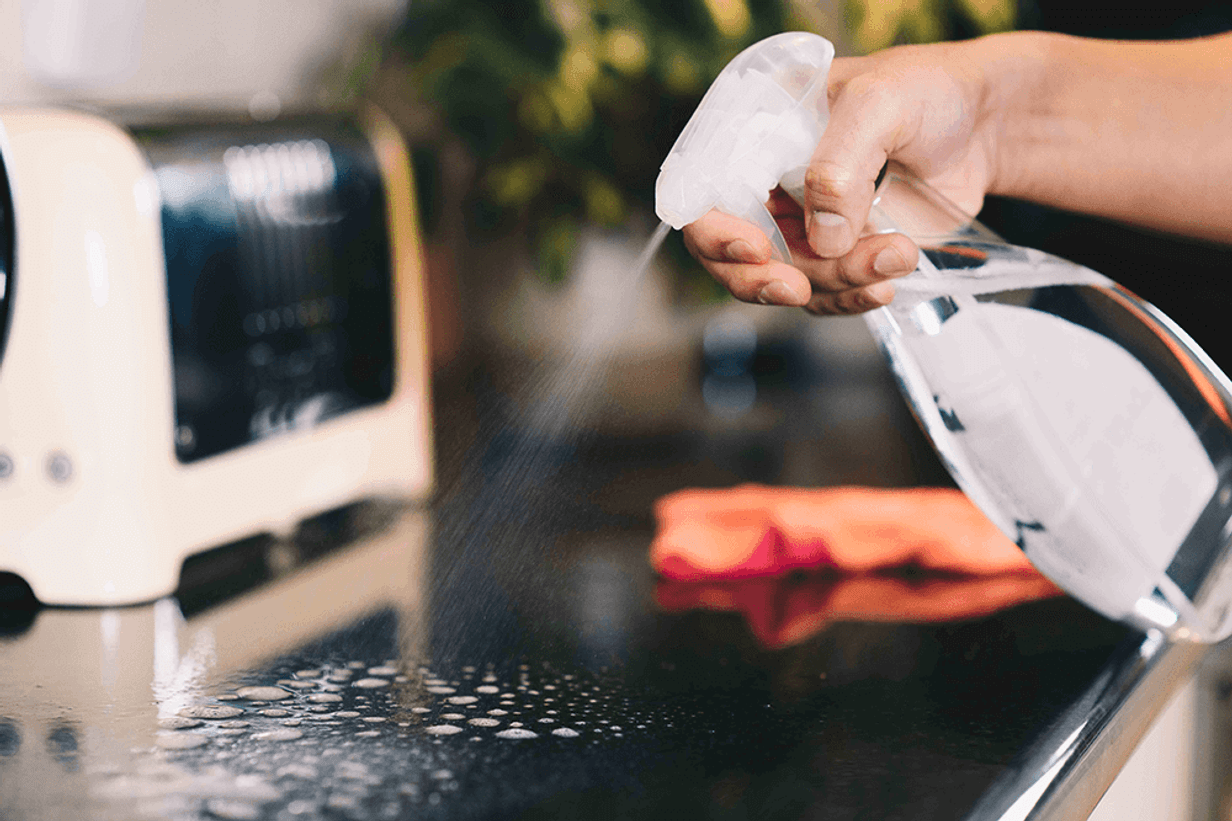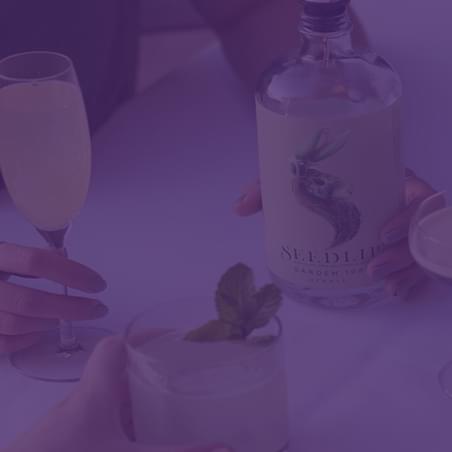Insights

28 Nov, 2025
Five Products: Showing How Sound Shapes Modern Consumer Experience
Read More
Andy Wardlaw, Chief Ideas Officer
19 Oct, 2017 | 4 minute read
Following a lot of workshops with his sleeves rolled up, our Chief Ideas Officer believes he’s finally decoded the fuzzy authenticity thing. He’s convinced that to be truly authentic brands have got to pay more attention their sensory profiles.
Every marketing manager knows that brands stand or fall by the level of trust that consumers invest in them. A few years ago, I was involved in a huge syndicated study that analyzed drivers of purchase consideration. Trust was #1 - by a clear margin. Today that margin can only be greater.
But, as we all know, trust is hard won and easily lost. Many brands have discovered this to their detriment. The one that sticks in my mind is Sunny Delight; Launched by Proctor & Gamble in 1998, with £10m marketing campaign, the brand promised “the great stuff kids go for.” Mum was happy to oblige because it looked healthy – after all – it was ‘fortified with vitamins.’ But then the U.K Food Commission got involved and revealed that Sunny Delight was actually cola in disguise, with added sugar and only 5% fruit juice. Suddenly things didn’t stack up. Expectations set by brand and pack – which was found needlessly in the chiller – were not aligned with the product. That revelation led to a complete collapse in consumer trust. The sales collapse quickly followed suit.

The Sunny Delight fiasco indicates the huge price paid when consumer expectations are not met. When you promise one thing but deliver another. Whilst I do think marketing now is a lot smarter than marketing then, I guarantee that there are countless brand propositions available today that are not seamlessly aligned across all touch points. The extent of this misalignment might not be as obvious as the Sunny D example, but any instance where brand, pack & product are not perfectly aligned will carry a penalty – be it a reduced level of trust, engagement or advocacy. The commercial implications are not difficult to imagine.
Earning trust is ultimately an appeal to the consumer’s heart strings. The same can be said of authenticity. In my view, authenticity is a key constituent of trust and is - in all probability - increasing its influence. Every marketing manager wants his or her brand to be considered authentic, but defining exactly what we mean by the word lacks a consistent view. Authenticity is a fuzzy thing, but relentless hang outs with Millennials (other consumers are available) has given me the confidence to create a definition of authenticity and make a strong case for a sensory led approach towards achieving it.
Any instance where brand, pack & product are not perfectly aligned will carry a penalty
My definition is three pronged, and illustrated thus:

To be authentic is to be more than a box with a name on it. An authentic brand Demonstrates Purpose. Not so very long ago, authenticity was aided by linking what you do (make soup) with where you do it (Yorkshire). But the sands are shifting fast.

Authenticity is increasingly relying on why you do it and how. Ella’s Kitchen isn’t just yummy baby food, but a movement to create a generation of good little eaters by making healthy food fun! Demonstrating purpose is aided by your brand story, your altruistic purpose (aligned to your commercial undertakings and deeper than mere charity donations, which will be seen as mere tokenism) and finally your brand design: leveraged to create a visual energy that propels your cardboard box way beyond function and factual communication.
The second ‘prong’ is Meaningful Distinctiveness, where things become even more ‘touchy-feely’. Ehrenberg Bass have had a phenomenal impact on ‘marketing think’. Byron Sharp penned the end of functional differentiation in ‘How Brands Grow’. In a world cluttered with brands, the book recommends we embrace Meaningless Distinctiveness. Be bold, be visually different in a highly memorable way. Think Marmite. This is all well and good, but ask the Sensory Scientists at MMR and they’ll be quick to remind us that everything carries meaning. Our aim should be to develop packs and products that convey the right meaning, not just any old meaning! In reality, when consumers encounter brands, they are subconsciously processing its sensory construction. Every curve, aroma, texture and so on is cross referenced with a ‘conceptual cloud’ – a series of associations that kick in on contact. It’s why we think of babies when we smell Johnson’s Baby Lotion, and why we think of sandy beaches when we smell Nivea After Sun – even in our own bathroom.
Rather than being distinctive for the sake of it, the opportunity is there to take a sensory led approach on your next project. Explore how you can develop a more meaningful sensory profile, similar to Germolene who successfully communicate brand associations of ‘powerful’, ‘effective’ and ‘reassuring’ at a physical (product) level as well. Taking this further, sensory science can guide brands towards more distinctive and meaningful sensory signatures; Those that are unmistakable (and therefore even more memorable) operate on a deeper, emotional level. To activate Ehrenberg Bass, you NEED to be working at a sensory level.

The third and final ‘prong’ is Totally Truthful and reminds us of earlier coverage of Sunny D. To deliver, and earn your authenticity stripes, think beyond the obvious messaging and packaging cues (transparent windows anybody?) and work out if your product is delivering exactly against the expectations set by your marketing and packaging. If you launch a new chocolate bar with fanfare eliciting ‘luxurious’, ‘powerful’ and ‘sensual’, and your recipe delivers ‘comforting’, ‘traditional’, ‘warm’ and ‘sociable’, then no matter how liked the recipe was in product tests, it is not aligned with expectations. You’ve broken your promise. You’re not authentic.
My exploration of authenticity has taken many months and countless hypotheses, but I’m confident that the three elements outlined here pretty much sum up its dimensions. What struck me in the latter stages of this research was how much authenticity relies on the consumers’ sensory experience. In a post truth world - where objective facts are becoming less influential in shaping opinion than appeals to emotional and personal belief, attention paid to non-conscious sensory cues is becoming even more imperative.
Here are three things you can start doing to build authenticity:
Stop testing packaging and product in isolation. Strong liking scores do not guarantee success. You must think about the alignment of associations around the brand, pack and product. Take a more holistic approach
Start evaluating how meaningfully distinctive you are. Go beyond shelf impact to explore pack ‘body language’, could rounder edges on your tube reinforce ‘caring’ or could the sheen of your skin cream reinforce ‘refreshing’ for example.
Brief your development team to map your product’s sensory signature. Are you distinctive on a sensory level versus the competition? What are the more ownable elements of your product that could be applied and amplified throughout the range – promoting a more distinctive thread and feeding your authenticity score?
Insights

28 Nov, 2025
Five Products: Showing How Sound Shapes Modern Consumer Experience
Read MoreNews

25 Nov, 2025
'If Your Product Updates Don’t Match the Frequency of Smartphone Upgrades, You'd Better Rethink Your Strategy.”
Read MoreNews

22 Oct, 2025
NEWS RELEASE: Non-Alcoholic Beverage Inventor, Ben Branson Calls for More Originality
Read MoreIf you'd like to understand a bit more about us or find out how we can help solve your challenges, check out our team's availability and book in a call at a time that suits you.
If you'd prefer to chat over email, fill out your details below and we'll get back to you as soon as we can.